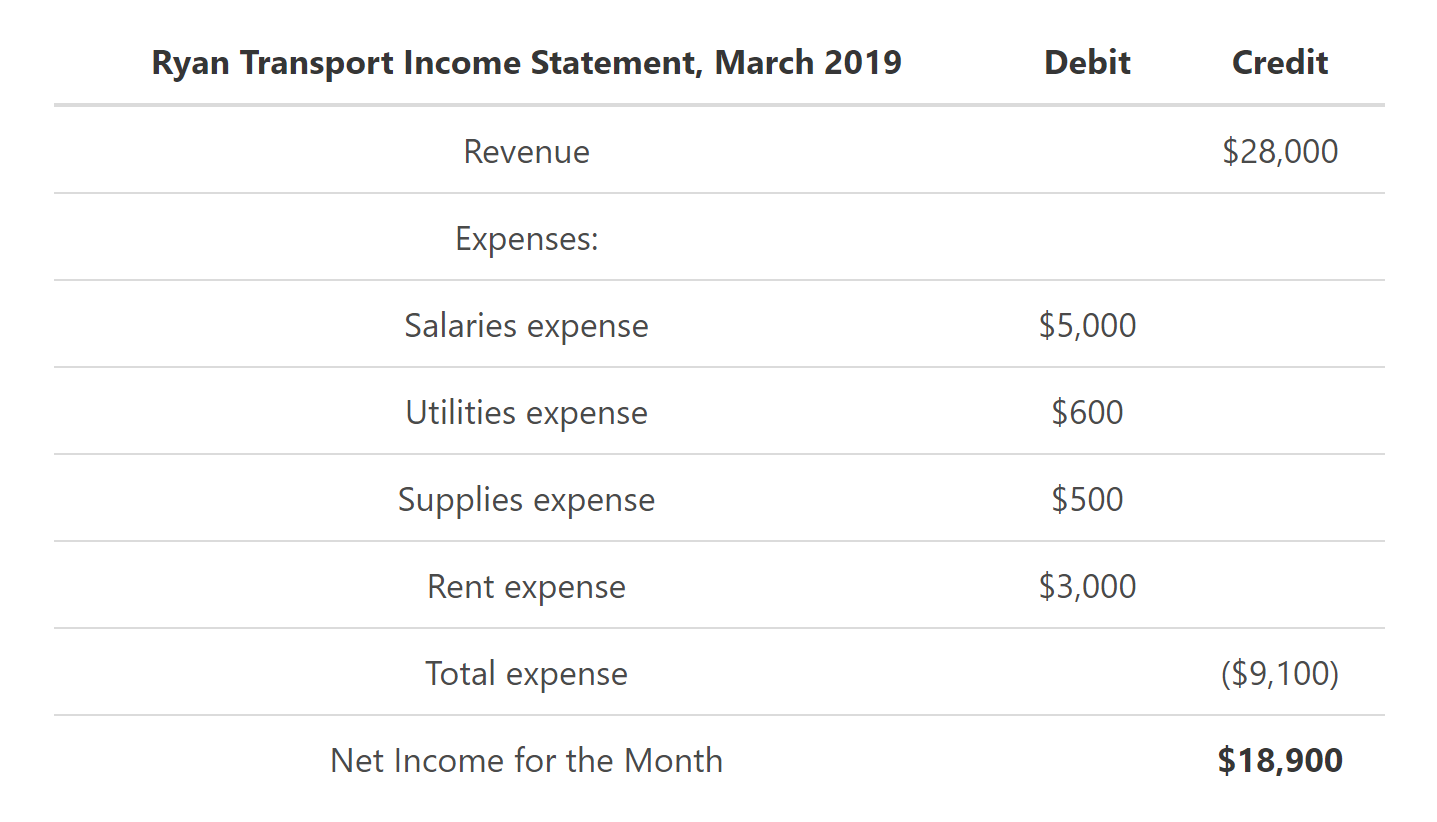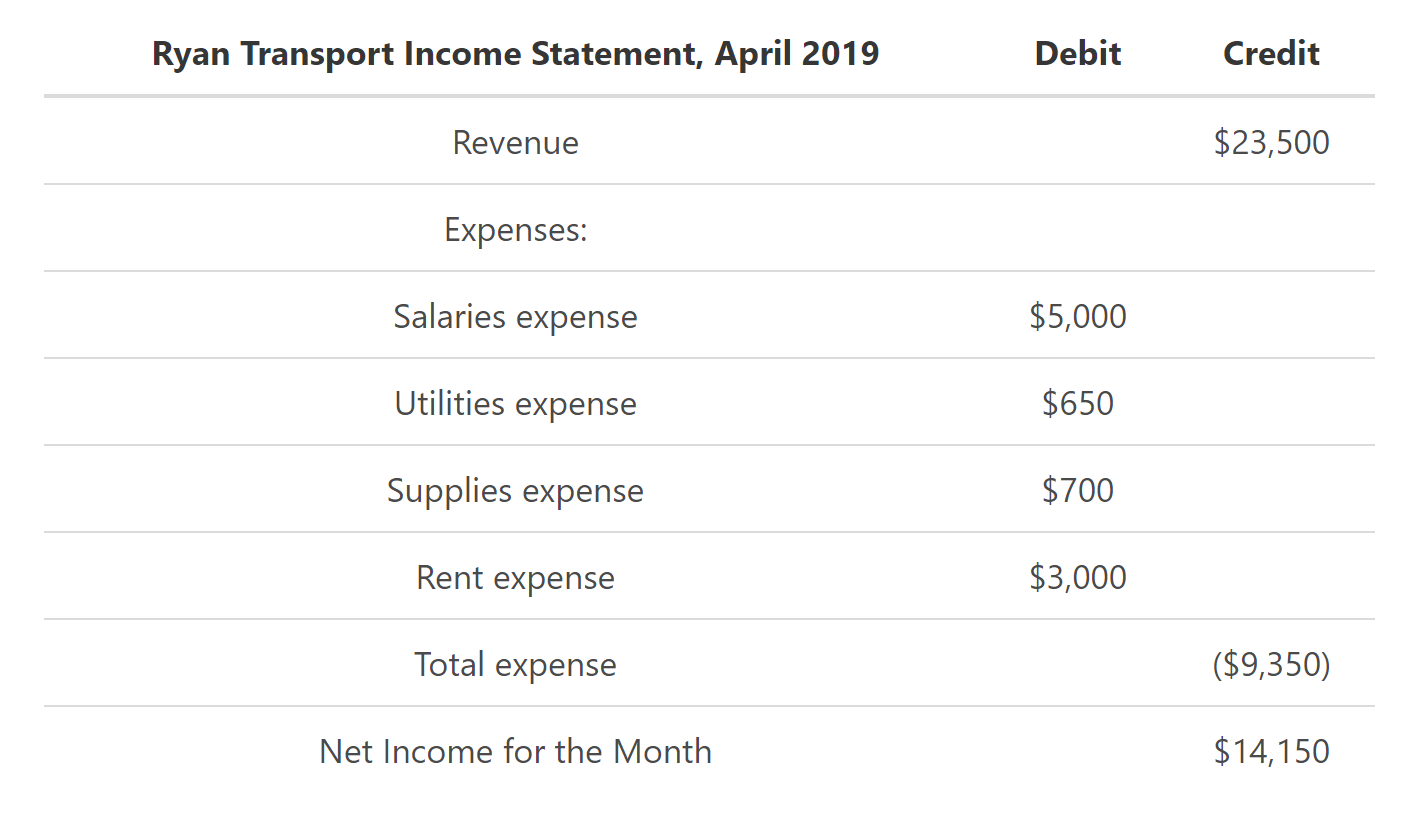Profitability is the ability of the company to utilize their resources in such a way that they can generate more revenue than what they must pay in expenses. A company generate profits through operations, if a company is not operating, it will not make any money.
Profitability vs Profit
Profitability and profit are sometimes considered as the same thing, they are strictly related, but they do have a crucial difference.
Profit is an absolute amount where profitability is regarded as a relative amount. Profits can be determined by deducting all expenses from the company revenue.
Profitability measure efficiency, ultimately it considers the success or failure of a company.
Even if a company has a profit on the income statement, it does not mean that a company is profitable.
Data Collection for Profitability
Financial statements and the overall performance of a company is analyzed using Profitability, efficiency, solvency and market prospects.
Company stakeholders make use of the data collected from these concepts to analyze the wellbeing of the company and the company’s potential.
Aspects of Profitability
Profitability has two elements, namely, income and expenses. Income also called revenue is the earnings from selling products or providing a service.
A company needs to use resources to generate income, resources are used to produce the products that the company sells or to deliver the services.
Cash is also considered a resource, money is used to settle expenses like salaries, utilities and other necessities that could form part of the production process.
Stakeholders
Stakeholders of a company include anyone that has an interest in the company, for example, investors, creditors and managers.
External users (investors and creditors) make use of the company’s income statement to calculate the company’s profitability.
The creditors want to know if a company will be able to cover its debt, and the investors want to know if a company is effectively using their money to generate a higher income.
Profitability Calculations
A company’s profit is shown on the income statement, profitability is not shown on the reports but uses the values on the reports to calculate. The profit amount is used to calculate the profit margin or gross margin. These two profitability ratios measure how well a company is utilizing its resources in generating profit.
The income statement will always show the net income at the end of the report. The net income of the amount of income in a period after all expenses have been deducted. This profit amount can not be used on its own. A company should do a profitability analysis to understand how efficiently a company is using its resources and capital.
A company can show a profit but could still be considered unprofitable. There are ways to increase the company’s profitability and overall growth.
- Decrease sunk cost – by making sure that there are no failing projects that are bogging a company down.
- Explore a profitability index – determine if a project is worth pursuing, this will reduce project failures. This metric shows companies what the cost of the project is versus the benefits of the project.
- Use the theory of marginal returns – boost sales by increasing production. The marginal return theory states that adding workers up until a certain amount will increase the capital used efficiently but exceeding that number of workers will, in turn, lead to diminishing returns and ultimately less profitability.
Profitability Ratios
Profitability is determined by using different profitability ratios. The profitability ratios are defined below:
| Profitability Ratio | Definition |
|---|---|
| Gross Margin Ratio | Compares the gross margin of a business to the net sales. |
| Profit Margin Ratio | Measures the amount of net income earned with each dollar of sales generated by comparing the net income and net sales of a company. |
| Return on Assets Ratio | Measures the net income produced by total assets during a period by comparing net income to the average total assets. |
| Return on Capital Employed Ratio | Measures how effectively a company can generate profits from its capital employed by comparing the net operating profit to capital employed. |
| Return on Equity Ratio | Measures the ability of the firm to generate profits from its shareholders’ investments in the company. |
Profitability Example
Ryan Transport produced the following income statement for March 2019. The below example shows the company profit of $18 900, but it doesn’t indicate the company’s profitability. To calculate the company’s profitability, we need to make use of one of the profitability ratios. For the purpose of this example, we will make use of the Profit Margin Ratio.

Using the information in the income statement, we can calculate the profit margin ratio for March of 2019:
 In the example above the net income is the revenue minus all the expenses for the month:
In the example above the net income is the revenue minus all the expenses for the month:

The net sales in this instance will be the total revenue for the month, which is $28,000:

67.5% of the sales are converted into profits. This gives you only one figure but nothing to compare to. Is the company doing better than last year of worst? It is important to note that with profitability, you need to be able to compare the information over a period to accurately make a conclusion.
Let’s then extend our example figures and add another month’s data in:

Let’s calculate the profit margin ratio for April 2019:


The profit margin for Ryan Transport decreased from 67.5% in March to 60.2% in April. Ryan had more expenses and collected less revenue in April, decreasing the overall profit margin ratio for the company. To increase the profit margin ratio, Ryan will have to lower the expenses or increase his revenue.
Profitability Conclusion
- Profitability is the ability of the company to utilize their resources in such a way that they can generate more revenue than what they must pay in expenses.
- Profit and profitability are not the same things.
- Profit is an absolute amount where profitability is considered a relative amount.
- Profitability has two aspects, namely, income and expenses.
- A company’s profit is shown on the income statement, profitability is not shown on the statements but uses the values on the statements to calculate.
- External users (investors and creditors) make use of the company’s income statement to calculate the company’s profitability.
- There are five profitability ratios, namely, gross margin, profit margin, return on assets, return on capital employed, return on equity.
FAQs
1. How do you define profitability?
Profitability is a measure of how well a company can generate profits from its revenue. It considers the expenses of the company and compares them to the revenue generated to calculate a percentage. This percentage gives investors and creditors an idea of how efficient the company is at making money.
2. How is profitability measured?
Profitability is usually measured by one of five ratios: the gross margin ratio, the profit margin ratio, the return on assets ratio, the return on capital employed ratio, or the return on equity ratio. Each of these ratios considers different aspects of a company's financial data to provide a more complete picture of profitability.
3. What affects profitability?
There are several things that can affect a company's profitability. One of the most important is the level of expenses in relation to revenue. If expenses are greater than revenue, the company will make a loss and be unprofitable. Other factors that can affect profitability include the level of demand for a company's products or services, the type of industry it is in, and the competitive landscape.
4. What is the difference between profitability and profit?
While profitability is a measure of how well a company can generate profits from its revenue, profit is simply the absolute amount of money that the company has made. This can be calculated by subtracting the expenses from the revenue. Profitability, however, is expressed as a percentage and considers both the income and the expenses of the company.
5. What causes low profitability?
There are several things that can cause low profitability. One of the most common is when expenses exceed revenue. If a company is not able to sell enough products or services to cover its costs, it will be unprofitable. Other factors that can lead to low profitability include the level of demand for a company's goods or services, the type of industry it is in, and the competitive landscape.
